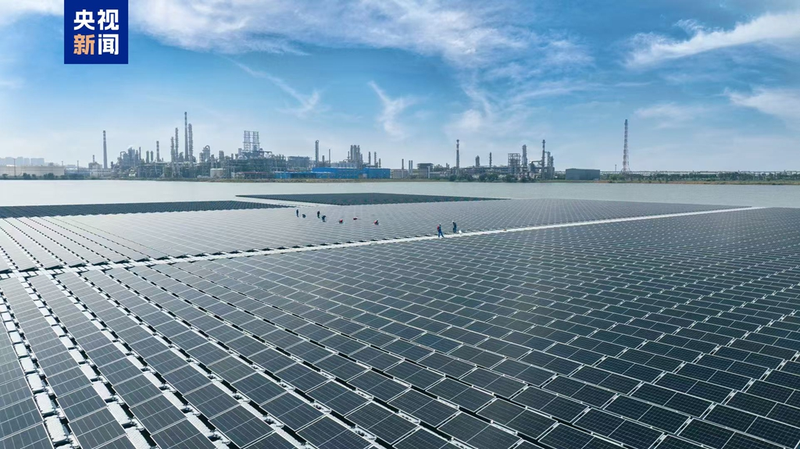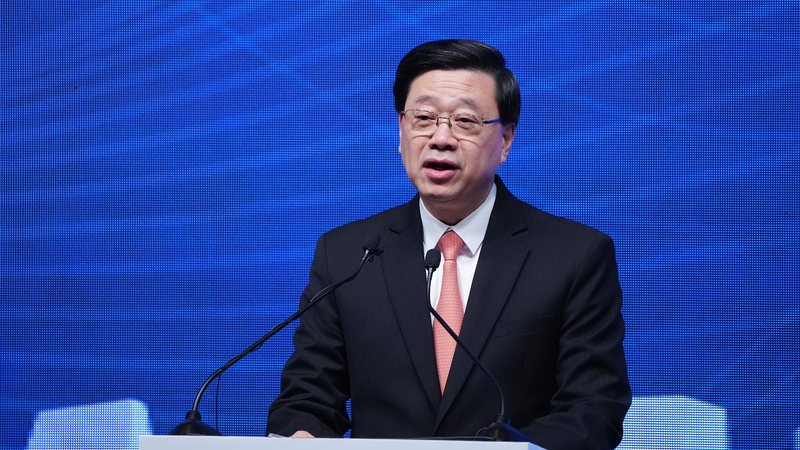China’s renewable energy landscape took a leap offshore with the launch of the country’s first floating photovoltaic (PV) project fully immersed in a seawater environment. Completed in Qingdao, east China’s Shandong Province, the plant was developed by China Petroleum and Chemical Corporation (Sinopec) and officially went online this week.
Spanning around 60,000 square meters, the installation boasts an installed capacity of 7.5 megawatts. It is set to generate approximately 16.7 million kilowatt-hours of clean electricity annually, enough to power tens of thousands of households and reduce carbon emissions significantly.
The secret lies in its innovative floating design: solar panels rest just above the water surface and move with tidal shifts, maintaining a gap that is only one-tenth that of traditional pile-based systems. This optimized contact with seawater enhances cooling, driving a 5 to 8 percent uptick in energy conversion efficiency.
For business and tech enthusiasts, this marks a major step in scalable offshore renewables, offering a blueprint for cost-effective, space-saving installations. Thought leaders and changemakers will spot new pathways for decarbonization, while travelers and digital nomads might soon glimpse solar arrays glimmering off coastal horizons.
As the world accelerates toward net-zero goals, Qingdao’s floating PV project underscores how innovation at sea can complement land-based solar farms. It’s a tide-turner for clean energy that demonstrates how smart engineering can harness natural forces to power our future.
Reference(s):
China launches first offshore floating PV project in Qingdao
cgtn.com




